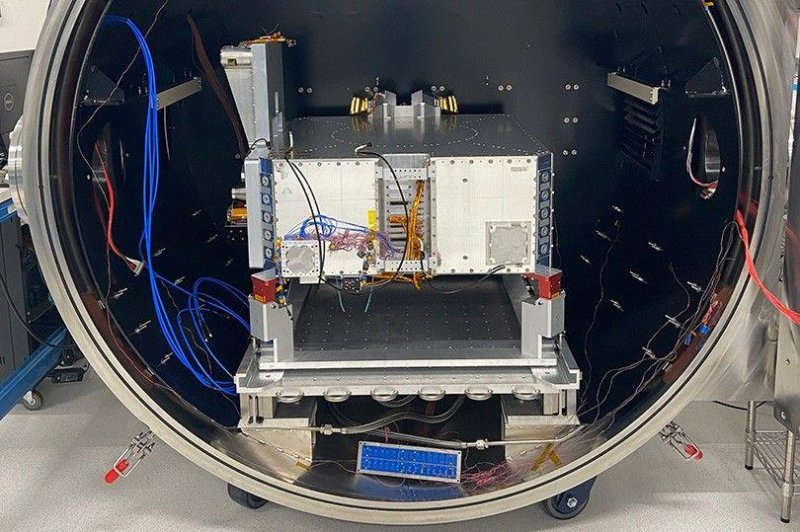Pandora Mission
NASA is preparing to launch its groundbreaking Pandora mission in 2025, aimed at unraveling the mysteries of distant exoplanet atmospheres. With the James Webb Space Telescope (JWST) in high demand, Pandora will serve as a vital supplement by focusing on key atmospheric elements such as clouds, hazes, and water—critical factors in determining a planet’s potential habitability.
Understanding Exoplanets
Exoplanets, planets orbiting stars beyond our solar system, are essential to understanding planetary formation and the quest for extraterrestrial life. NASA has identified over 5,800 exoplanets, yet many remain unexplored due to the complexities of atmospheric analysis.
Mission Goals
Pandora’s mission is ambitious and multifaceted:
- Atmospheric Analysis: Study at least 20 exoplanets, including gas giants and super-Earths.
- Key Components Detection: Search for water vapor, methane, and carbon dioxide.
- Stellar Activity Monitoring: Assess how stellar activity affects observations.
- Support for JWST: Provide complementary data to enhance exoplanet models.
- Small Satellite Innovation: Demonstrate small satellites’ potential in astrophysics.
Notable Features
Pandora’s 17.7-inch (45 cm) aperture Cassegrain telescope, though smaller than JWST, is optimized for extended observations. Using the transit method, it will capture starlight passing through exoplanet atmospheres to identify critical chemical signatures.
Tackling Observational Hurdles
Pandora will address the challenge of stellar interference by conducting prolonged observations, enabling it to distinguish between stellar and planetary signals. Each exoplanet will be observed multiple times to collect comprehensive atmospheric data.
Significance of Water Detection
Water detection is paramount for assessing habitability. Pandora’s targeted search for water vapor and atmospheric conditions will offer vital insights into the potential for life on distant worlds, aligning with the growing focus on “water worlds.”
Enhancing Current Missions
Designed to complement JWST and other telescopes, Pandora’s long-duration observations will refine atmospheric models and deepen our understanding of exoplanet diversity and evolution.
Advancing Exoplanet Research
Pandora’s launch signifies a major leap in the study of exoplanets. Its contributions will enhance our understanding of distant atmospheres and bolster the ongoing search for habitable, Earth-like planets. Future missions, aided by Pandora’s data, may one day reveal worlds capable of supporting life.












